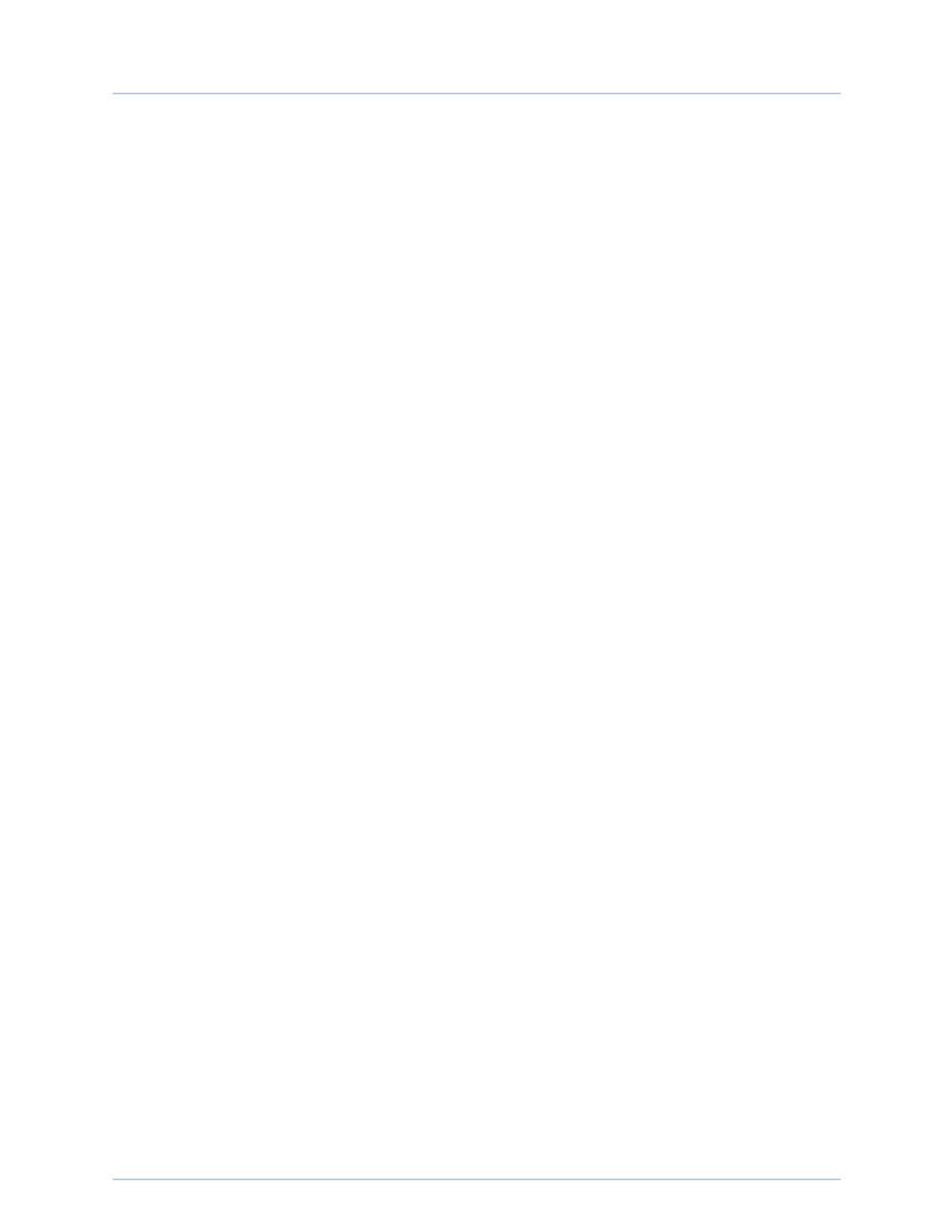

177
have had lunch on these benches or somewhere in
Grinzing.”
My mother tugged on his arm to shut him up.
The façades of the buildings around the park, including
parliament, carried banners with swastikas. Since March 12
when the Nazi troops entered the country, Austria had
been called Ostmark, or East March, and Vienna had
become German. The streets appeared strangely calm after
the violence we had seen during the annexation.
My father refused to believe that Germany intended war,
just as he’d refused to believe in the Anschluss. Yet our
illusions had received a shock in the late winter of 1937.
Although Chancellor Schuschnigg protested against the
military maneuvers on our borders and the show of
strength by the Austrian Nazis, he was forced under Hitler’s
threats to accept the appointment of Seyss-Inquart as
minister of the interior. Seyss-Inquart had tolerated, and
perhaps secretly promoted, the pro-Nazi riots. The border
towns, Linz, for example, were now thronged with
uniformed men singing fervent Hitler songs. Austria’s
youth, beset by economic problems and saturated with
propaganda, jumped eagerly at the prospect of annexation
with Germany. In early March, Schuschnigg called for a
referendum on Austria’s independence—a pathetic effort to
preserve our country’s freedom. Hitler responded by
ordering Schuschnigg to cancel the referendum or he
















